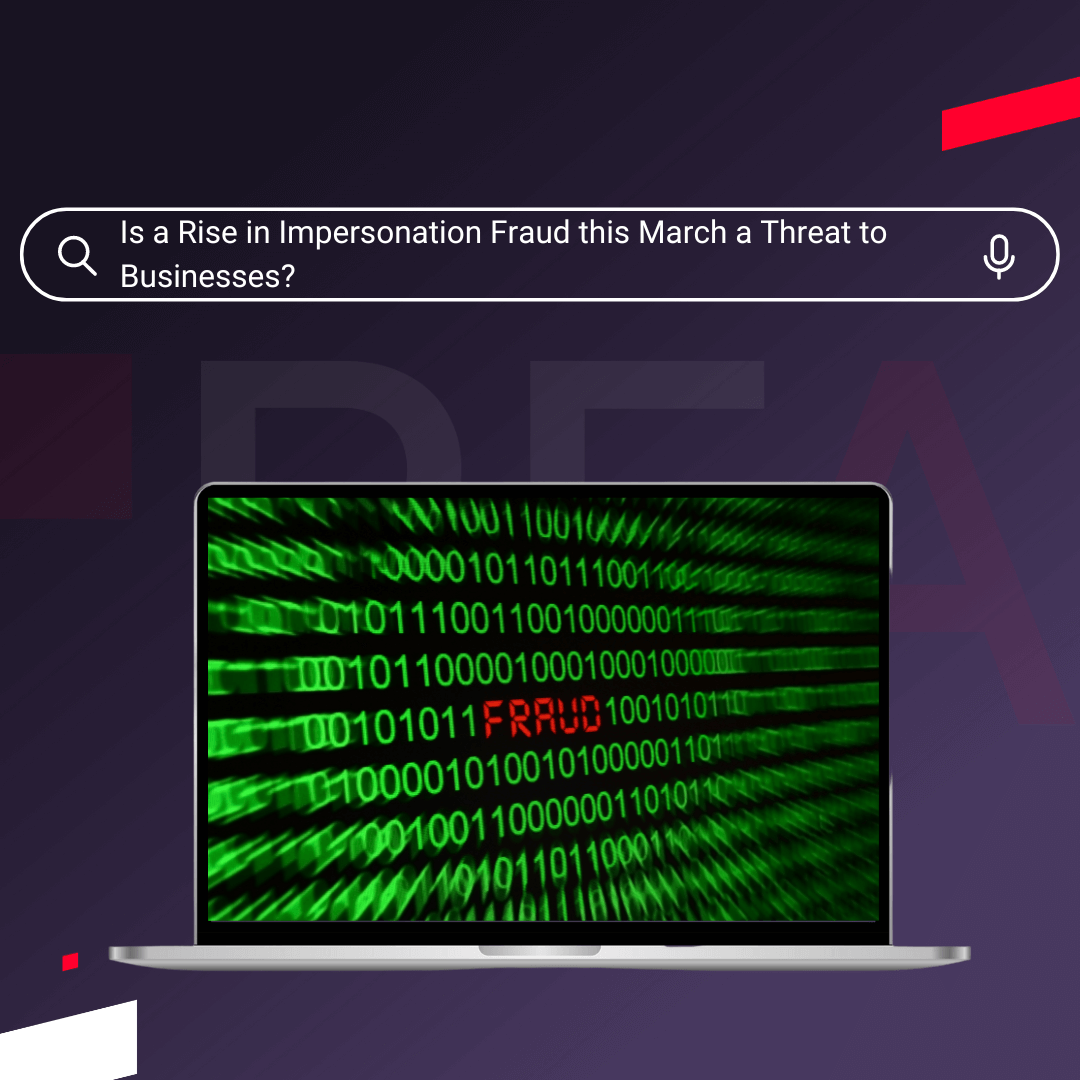A winding up petition is the precursor to a winding up order. It is done when a creditor of a company has struggled to recover its money owing from a debtor and exhausted reasonable means of recovery leading them to believe their debtor is trading in an insolvent state. They then submit a winding up petition to the courts, who will then consider the debtor solvency and, should they find it to be insolvent, declare it so and force a compulsory liquidation.
What Is a Company Winding Up Petition and Winding Up Order?
A winding up petition (WUP) and a winding up order (WUO) are part of the same process that can force a company into liquidation. Creditors submit winding up petitions to the courts, who then consider the case of the debtors solvency and may then issue a winding up order.
A creditor can submit a WUP when they have failed to recover debts from a debtor ad suspect that they are insolvent.
Creditors can submit a winding up petition once a debt of over £750 has gone unpaid for more than 21 days and they have exhausted reasonable means of recovery. Submitting a WUP has a cost in the thousands and usually results in the compulsory liquidation of the debtor. As such, it is rarely done lightly.
Once a company receives a winding up petition, it has seven days to mount a challenge, declare insolvency, arrange a CVA, enter administration, or pay the amount it owes.
Should the debtor fail to do any of these the case will proceed to court. The creditor that submitted the WUP must advertise the petition a minimum of seven days before the hearing. This allows other creditors to see the petition and gives them the option of joining the petition as an aggrieved party. At this point, the creditor that submitted the petition loses the ability to withdraw it even if the debtor pays their debts.
Often creditors submit a WUP as a way of forcing the debtor to make payment or agree to a payment plan and then withdraw the submission. In these cases they do not want the debtor to be wound up and incur a bad debt, as such creditors tend to advertise the petition only when they have to (seven days before the hearing). What this means is that other creditors find out they are likely to incur a bad debt when it is too late to reacct.
Once a petition has been advertised, banks will usually freeze the business’s accounts and most partners will cease working with them, making it impossible for them to continue trading.
The next step is for the court to hear the case, there is usually 6-8 weeks between the submission and the hearing but this can be longer or shorter. If the court agrees with the petition, it will issue a winding up order, which declares that the company is insolvent and begins the process of liquidating the company. It is worth noting that the vast majority of WUPs are granted.
What Does It Mean If Your Customer Has a Winding Up Petition?
If a customer receives a winding up petition, it is because they have been seriously remiss in the payment of a debt to a creditor. Should one of your debtors receive a WUP from another creditor it is a serious cause for alarm, as it likely means that your debt will go bad.
If the winding up petition is successful, the company is declared insolvent, eases to trade and their assets are sold, legal disputes are settled, the company will collect any money it is owed, and funds distributed amongst its creditors following the set priority. However, a successful winding up petition does not guarantee that all creditors will receive all—or even any—of the money they are owed.
Trade creditors are generally at the bottom of the pile. It is common for them to receive less than 10% of the money they are owed, and often they receive nothing.
What is the process of a Winding Up Petition?
A winding up petition is a formal process of the courts and must follow a strict procedure:
- A creditor is owed more than £750 and the debt has passed the terms of repayment.
- The debtor has been given at least 21 days to pay passed the agreed repayment date.
- The creditor may then submit a winding up petition to the courts.
- This costs £302 in court fees and requires a £2,600 petition deposit. This may be reclaimed in the insolvency proceedings but is not likely to be.
- If the debtor company’s paid-up share capital is over £120,000 the winding up petition will be handled by the High Court; if not it will be the closest court to the debtor that handles insolvency.
- The creditor will then be given a copy of the petition.
- It’s important this is served to a director or employee of the debtor; or left on their premises.
- A certificate of service must then be submitted to the court.
- A hearing date will be scheduled.
- The creditor will advertise the winding up hearing at least 7 days before in the relevant Gazette; at this point other businesses can back the petition.
- The creditor must submit a copy of the advertisement and the relevant court form to the court 5 days before the hearing.
- The hearing will take place and the winding up petition will be decided on. It is very rare that they are not granted.
What are the effects of a Winding Up Petition?
As receiving a winding up petition is one of the most serious events a company can experience and has severe effects. Banks will usually freeze the accounts of the company once the petition is advertised in the gazettes, leaving them unable to perform business activities. It is also likely that creditors will also begin to aggressively pursue repayment and cease any further dealings with the company. It is possible to unfreeze the accounts by seeking a validation order from the courts, but these are difficult to obtain.
Should a company wish to dispute the winding up petition they will usually need to employ the services of a legal and/or accounting professional to prove they are solvent. It is unlikely that these services will be offered on credit and with frozen accounts often directors will need to pay out of their own pockets.
If a petition is granted, then control of the company will be taken from the directors and liquidation proceedings will begin. These include a thorough investigation into the actions of the company’s directors to ensure no malpractice proceeded or followed the company becoming insolvent. Should this be found directors can face disqualification, fines, or liability for company debts and even jail time.
If a company does manage to survive a winding up petition initially, it may still go insolvent shortly after. This is because reputational damage receiving a winding up petition causes is huge. Potential creditors are unlikely to offer favourable terms and most likely will not offer credit at all and the company’s clients may choose to find alternative suppliers they feel are more likely to remain in business. These strains on a company’s finances often prove terminal.
Can a Winding Up Petition be Disputed?
In short, yes, but there are major difficulties involved.
To dispute a winding up petition the directors of the company must prove that it is solvent and able to repay all its debts, not just that owed to the petitioner. This is a difficult and highly technical process that will usually require an external auditor to be employed. As the company’s accounts will most likely have been frozen this can be difficult to or unable to pay for and the process must be completed in time for the court hearing.
It is important to note that this is only possible for solvent companies and if a company is insolvent then there is no way to successfully dispute the petition.
Should You Continue to Do Business With a Customer Who Has a Winding Up Petition?
A winding up petition is the first step in a process that could ultimately lead to a company being wound up. It is a sign that the company is not paying debts and could be insolvent. If the petition has already been advertised, it is likely that the company’s bank accounts are already frozen.
Businesses can reverse a winding up petition or even a winding up order and go on to trade as normal. However, you should only continue to trade with a company that has been handed a winding up petition if it can offer significant guarantees about its ability to continue to trade and pays up front. In most cases, doing so will still be very risky.
Businesses that receive winding up petitions will sometimes seek a Company Voluntary Arrangement (CVA). These are deals with creditors that insolvent businesses can seek when they believe there is a prospect that they will become profitable in the future. Usually the time to pay is extended and debt reduced, creditors usually accept this as some of a debt repayed is better than none.
To pass, a CVA needs to be accepted by creditors responsible for more than 75% of the company’s unsecured debt. Once the creditors and business shareholders agree to a CVA, all legal actions taken against the company are frozen. New legislation means that if a company is in administration or insolvent and under the care of an insolvency practitioner who feel that a CVA could allow a company to continue trading, creditors can be compelled by the courts to accepts a reasonable CVA.
However, it is uncommon for a supplier to continue trading with a debtor that is under a CVA and they will be forced to find new suppliers whist having a seriously affected credit score.
How Red Flag Alert Can Help Protect You from Failing Customers
Red Flag Alert makes managing your debtors' credit risk easy with our innovative customisable monitoring tool. This allows you to create separate monitoring lists, choose exactly which events you wish to be alerted to, and share these lists and alerts with other members of your business. Alerts are delivered in an inbox friendly manner that has been designed to reduce irrelevant alerts in your inbox.
Manage credit risk and limits with Red Flag Alert
Red Flag Alert gives you a vital early warning system, allowing you to spot financial risk amongst clients. Our insolvency risk score allows you to protect your business by taking pre-emptive action and making your credit control processes proactive.
Don’t get caught out by one of your customers receiving a winding up petition. Red Flag Alert gives you a vital early warning system, allowing you to spot financial risk amongst potential clients and existing business partners. Our award-winning platform and algorithm allow you to make informed business decisions and pre-emptively react to business distress in your supply chain.
Red Flag Alert offers:
- Financial health on businesses in almost every country in the world.
- Detailed rating system that is predictive of future problems.
- Sophisticated scorecards that include a wide range of weighted factors.
- Information integrated into your CRM.
- Monitoring updates provided in real time.
- Helps you fulfil regulatory requirements like AML and GDPR.
Learn more about how Red Flag Alert helps your credit control function protect your business from financial risk and comply with regulations, why not book a demo today?

.png?width=295&height=417&name=Untitled%20design%20(55).png)



